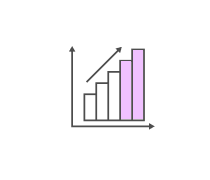Probability And Hypothesis Testing
- AP Statistics
- IB Mathematics
2)
You may optionally provide this to label your report, leaderboard, or certificate.
Submit
Submit
Submit
Submit
×
Thank you for your feedback!
















